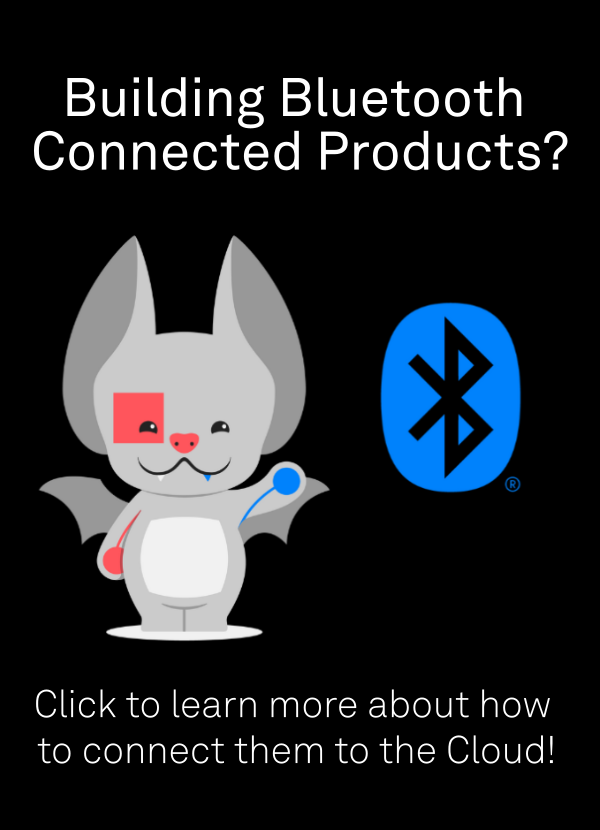This is an excerpt from our bi-monthly newsletter, which covers our recent news and happenings around the IoT ecosystem. You can sign up for future newsletters here.
When building out the Golioth platform, we’re constantly examining the user experience. We ask ourselves why it would make sense to use Golioth over alternative solutions, whether in house or off the shelf. While we want to have the most engineers using the Golioth platform as possible, we prioritize the real goal of making it easier to build secure, efficient, and useful products. We want our users to use the best tool for the job. Let’s dig a little deeper into how we do that.
When comparing Golioth to an in-house solution, we ask our customers a simple question: Is building your own IoT platform helping you differentiate your product? While some of you may answer “yes,” the majority of folks find that focusing on the IoT infrastructure is a distraction. For them, using Golioth helps drive down costs while increasing organizational efficiency. Those are tangible metrics for us to target; they are manifested in our pricing, our seamless device on-boarding, and straightforward user management.
When we compare Golioth to off-the-shelf solutions, our outlook is somewhat unique. Rather than trying to be the last software product you will ever need, we look to be the best platform for managing devices that connect to the internet. To do that, we build differentiated device management services, such as OTA updates, instant device settings, and real-time logging—to name a few—and we heavily optimize network throughput and efficiency. For simpler IoT products, we also provide application services such as LightDB State and LightDB Stream so that you can move beyond device management to basic data storage.
At Golioth, we care about moving the industry forward without forcing our users to compromise. The IoT product landscape is complex and heterogeneous. It would be naive of us to think that Golioth would be suitable for every aspect of any one product. That’s why we curate a large ecosystem of partnerships to enable you beyond the realm of device management. Our latest partnership announcement will enable devices to talk to Memfault over a single, secure connection. We aim for Golioth to integrate with best-of-class cloud platforms and enable their usage without complicating the firmware running on-device.
Crucially, the best tool for the job may look different today than it does tomorrow, in 6 months, and in 2 years. The promise of Golioth is that as long as your devices are sending data using our firmware SDK, you will have the flexibility to change where that data is going, how it is being processed, and how it ultimately is presented to the end-user, all without changing a line of firmware code. Golioth Output Streams currently enables this, but over the next few months, we will announce an even more robust set of features in this area, starting with our Memfault integration, which you can sign up to be notified about here.


No comments yet! Start the discussion at forum.golioth.io